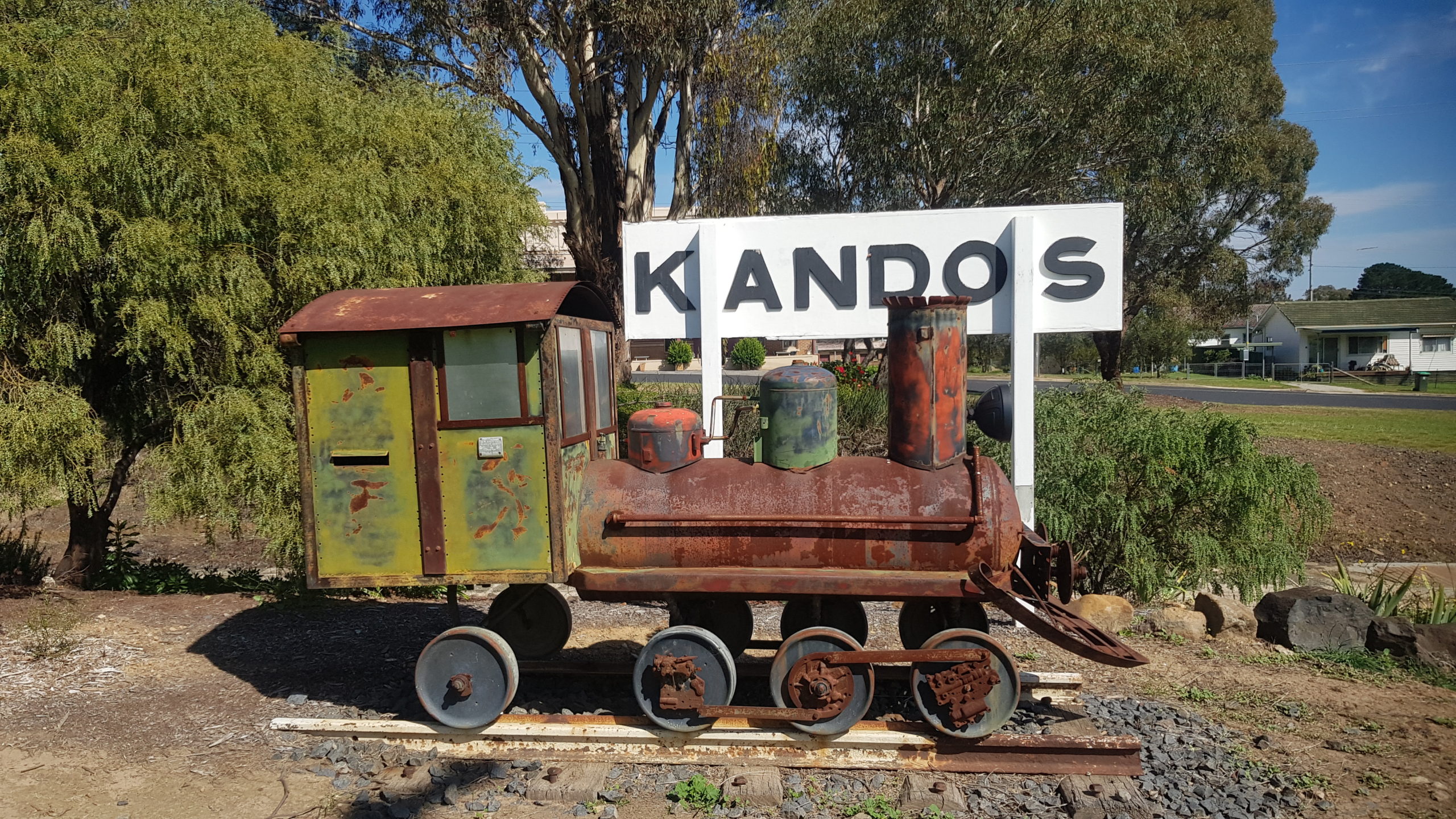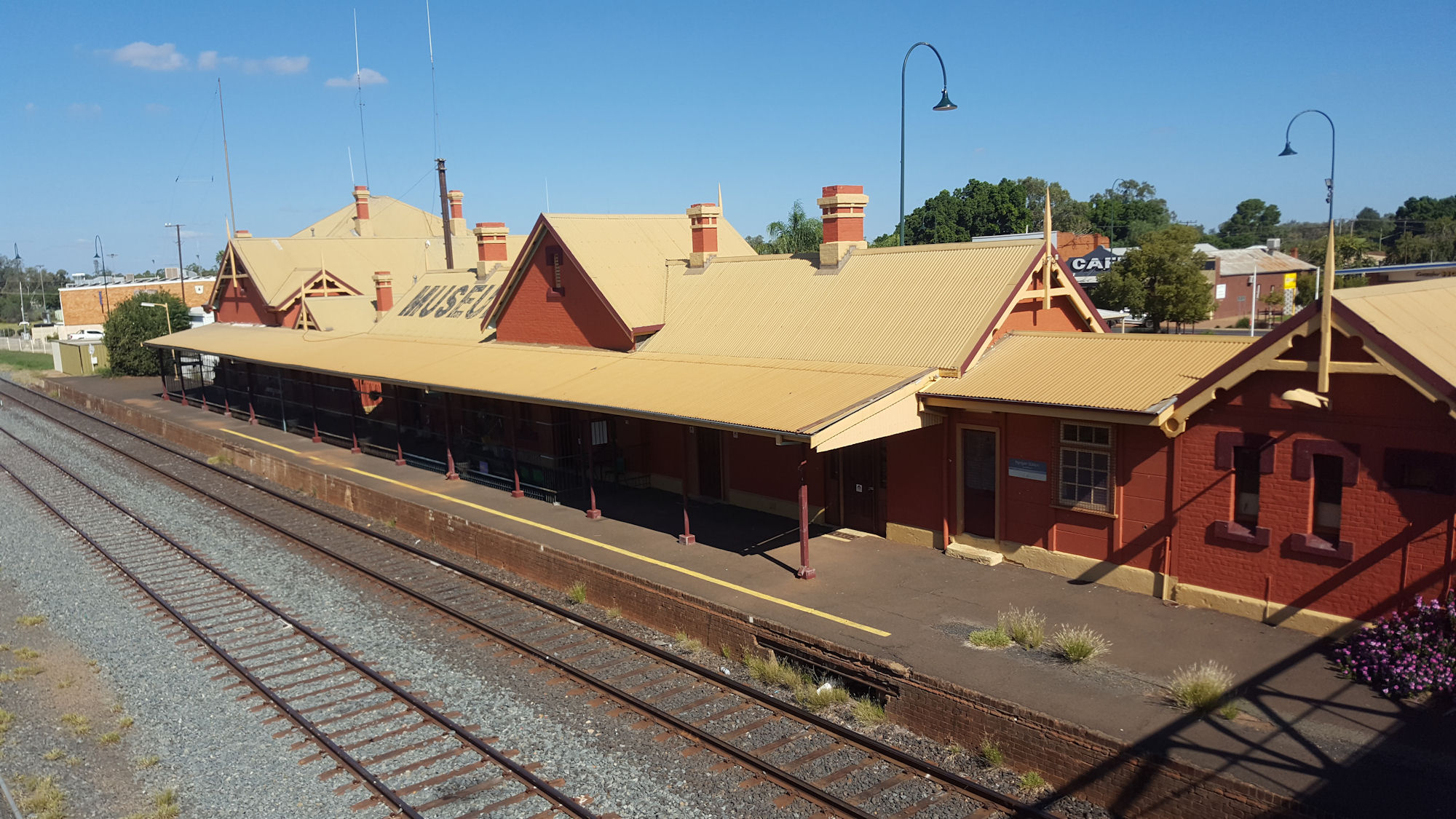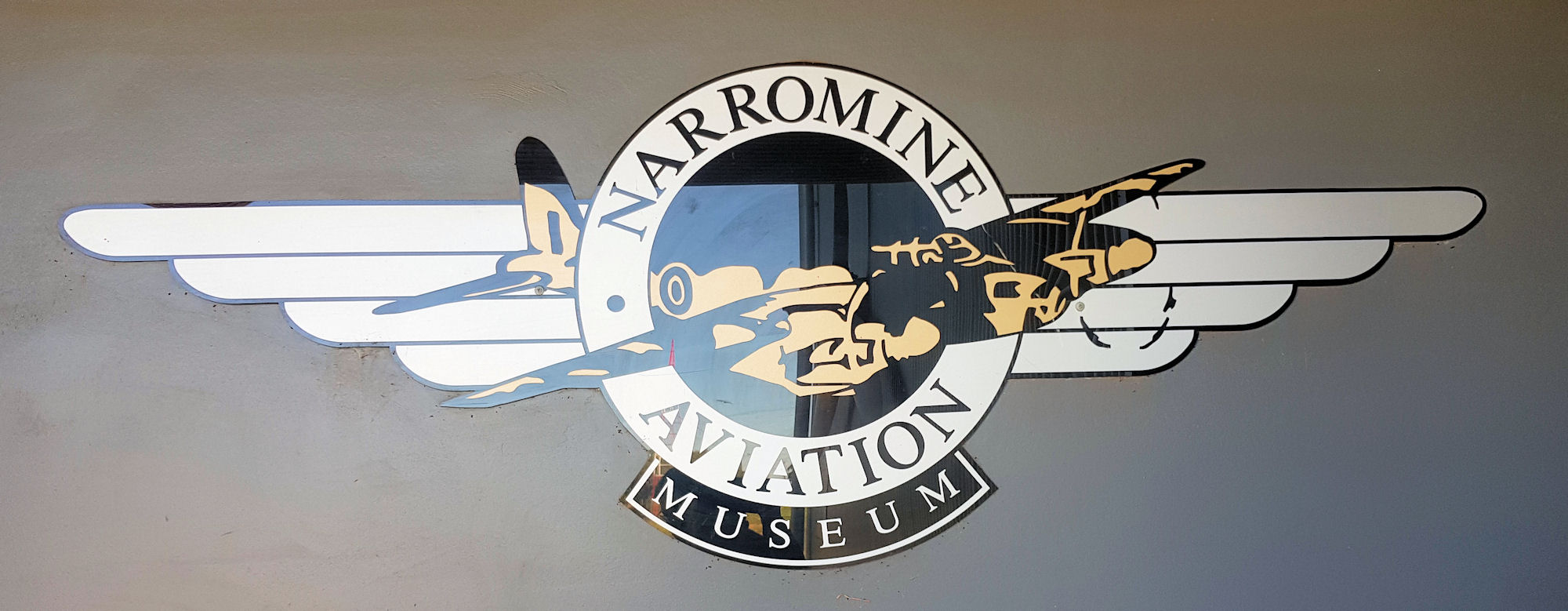Category: Building
Building
-
Kandos The Town That Built Sydney

Kandos The Town That Built Sydney Established in the early 1900s for the NSW Cement, Lime and Coal Co Ltd, Kandos produced cement until the plant’s closure in 2011. Taken from the initials of the founding company directors: Campbell, Angus, Noyes, McDonald, Oakden and Stephen. The first letter was later changed to a K rather… Read more
-
Nyngan and the Big Bogan

Nyngan Located in the Orana Region of central New South Wales, Nyngan is the home of the Big Bogan, a helicopter memorial and several interesting museums. This was our second stop on a road trip out west and our first overnight stop. Like many outback towns. there is a nice sign welcoming you to town,… Read more
-
Narromine Aviation Museum

Narromine Aviation Museum The Narromine Aviation Museum was an unexpected surprise when we visited the area. We knew of the museum, but were surprised at how good it was. A modern state of the art building and displays provided an excellent setting for the unique items on display. In addition to the main attraction, the… Read more